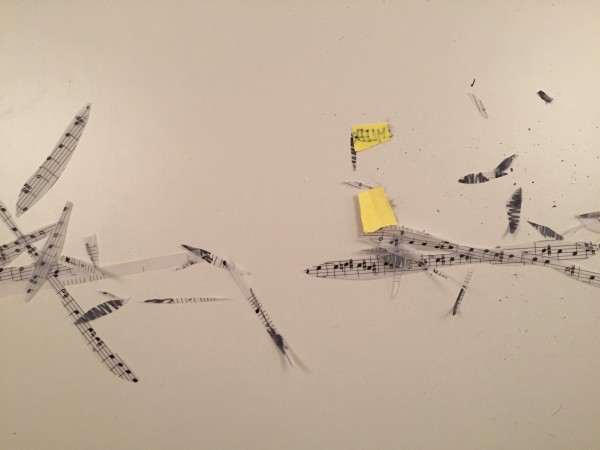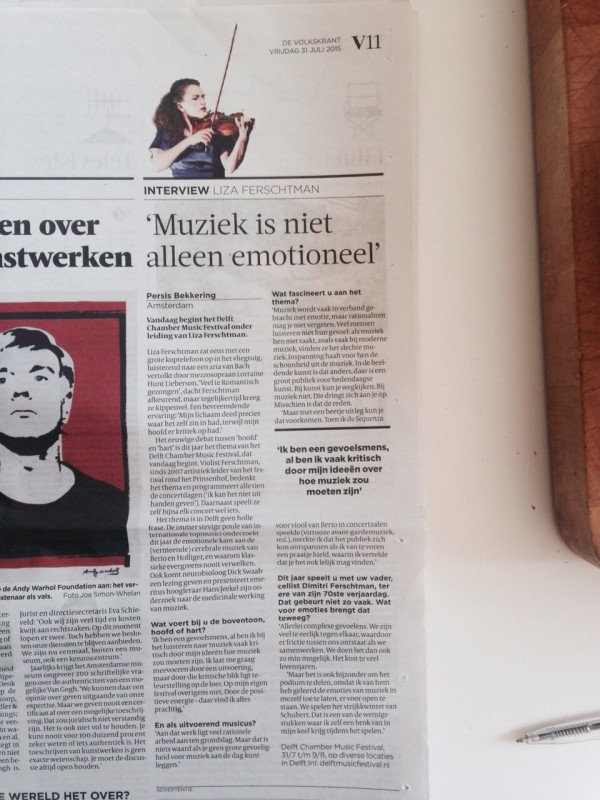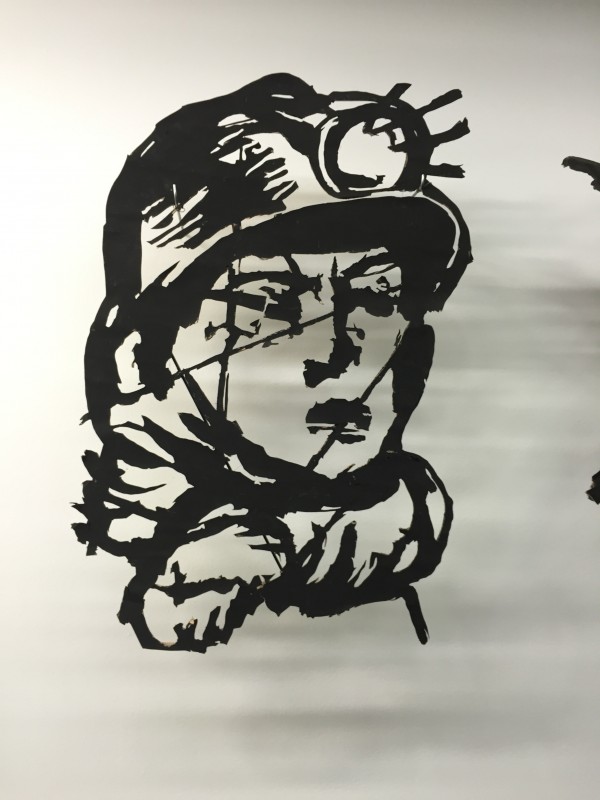Muziek
David Dramm – Show me your music – uitgebreide verslaglegging
De belangrijkste vraag was wat ik uit de lezing zou halen. De nulmeting voor de ’tussenruimte’ die ik had gedaan tijdens de summer course olv Buitengewone Zaken was heel inspirerend geweest, omdat grafisch ontwerpers zich bereidwilliger toonden om te experimenteren met componisten of musici dan ik had vermoed. Ook werd me duidelijk dat ontwerpers een stuk beter op de hoogte zijn van moderne kunst dan van modern-klassieke of eigentijdse muziek. Tijdens…
Daria van den Bercken brengt onbekende pianostukken van Handel onder de aandacht
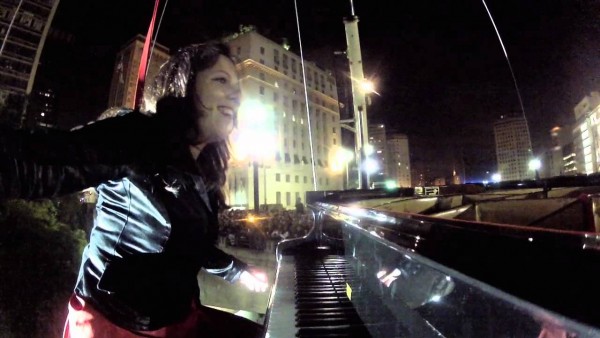
Dit is ook een manier om iets onder de aandacht te brengen. Feitelijk is dat wat ik ook zoek: modern klassieke of eigentijdse muziek aan de man brengen. Soms realiseer ik me te weinig wat mijn doel is. Deze Ted-talk is inspirerend, alhoewel een beetje bombastisch. Maar misschien is dat de calvinist in mij.
Acid house from 1958 … Tom dissevelt & Kid Baltan ( Dick Raaijmakers ) syncopation
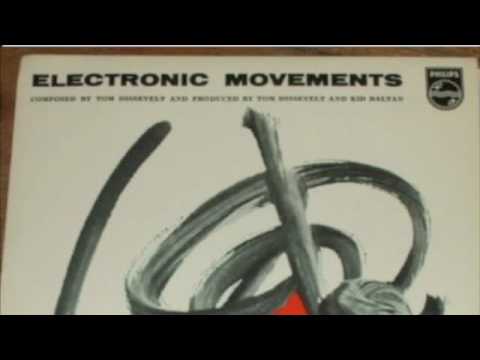
Deze muziek werd in mijn geboortejaar gecomponeerd. Tom dissevelt & Kid Baltan (Dick Raaijmakers) syncopation. In 1958, Philips tried to make “popular” electronic music. For a couple of years “room 306” of the Philips laboratory in Eindhoven was allowed to make records like this. It did not catch on. You could say they were 30 years ahead of their time… bron: http://classical-lp.blogspot.nl
Reflectie n.a.v. zomer pressure cooker prototyping, Hidden Design
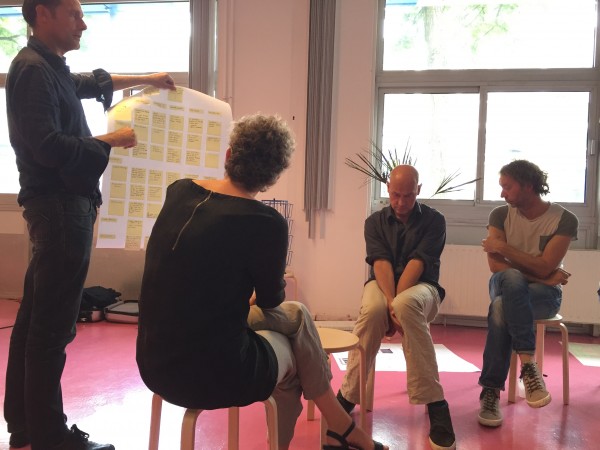
Naar aanleiding van de workshop olv Jop en Jan van ontwerpbureau Afdeling Buitengewone Zaken (ABZ) ben ik met een YouTube-playlist langs de deuren gegaan van de ontwerpers die in het ZOHO-bouw gevestigd zijn. Het was de eerste aanzet om een tussenruimte te realiseren met als doel om met modern klassieke of eigentijdse muziek tot innovatief ontwerp te komen.
Richter en Pärt – MIF15, samengaan van beeld en koormuziek
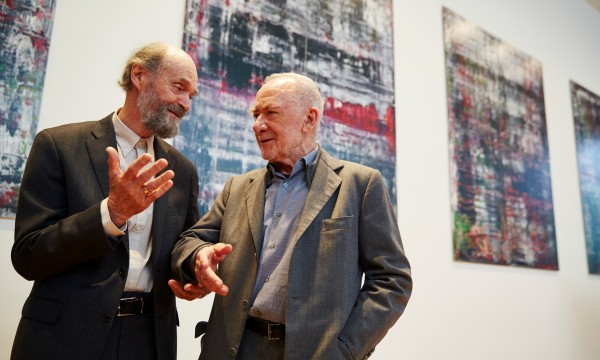
This extraordinary project, several years in the planning, brings together two of the world’s most influential and enduring cultural figures – Gerhard Richter & Arvo Pärt. MIF CEO & Artistic Director Alex Poots & Curator, Hans Ulrich Obrist introduce their new work presented at the Whitworth Art Gallery. 1
Vormgegeven koor, Arles France – 6 aug 2015
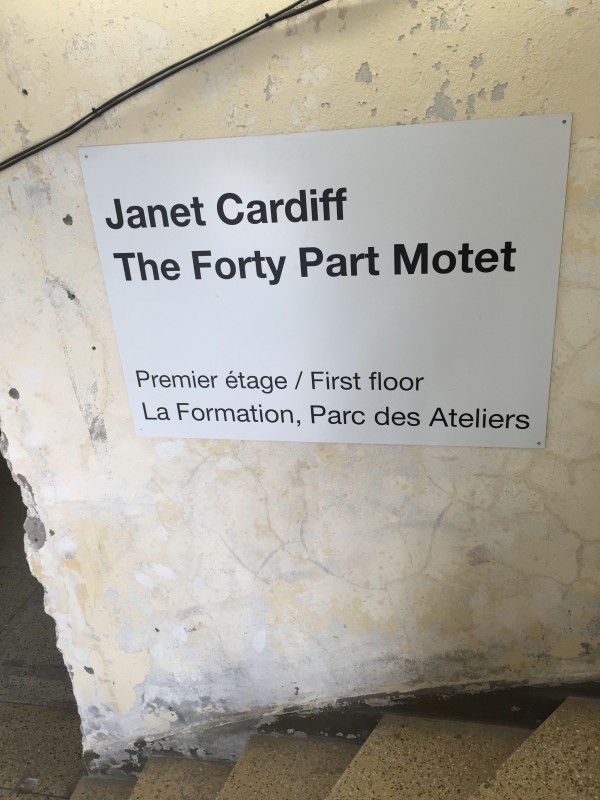
Janet Cardiff – The Forty Part Motet, Arles Frankrijk The Forty Part Motet (A reworking of ‘Spem in Alium’ by Thomas Tallis 1573). Forty separately recorded voices are played back through forty speakers strategically placed throughout the space. Het optreden van dit koor was erg ontroerend. Wat het heel bijzonder maakte was dat iedere stem door een box werd vertegenwoordigd en dat je daardoor iedere stem afzonderlijk van heel dichtbij kon…
Matthieu Chedid ontmoet Martin Parr, Arles France – 4 aug. 2015
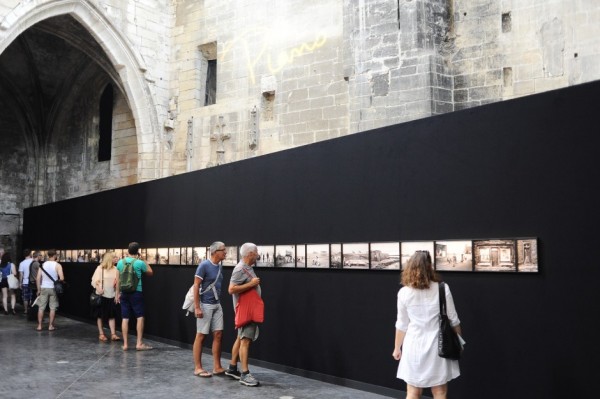
Een samenwerking tussen een fotograaf en een gitarist. Geafficheerd als een hybride beleving, halfway sight and sound, a heartfeld mano a mano, op de jaarlijkse fototentoonstelling van Arles. Op dit festijn komen niet de minste fotografen langs, de grote en gevestigde namen kun je hier verwachten. En vaak een select clubje jongere garde die een prijs winnen of anderzins geselecteerd zijn door de curatoren en naar voren geschoven in dit evenement van…
Douglas Kahn – The sound of music
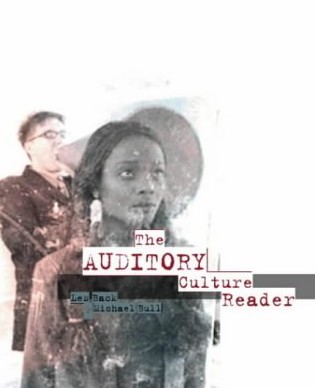
Bron: http://www.ciufo.org/ Link naar de PDF: Douglas Kahn, The sound of music
Art Spiegelman Philip Johnson gesammtkunstwerk
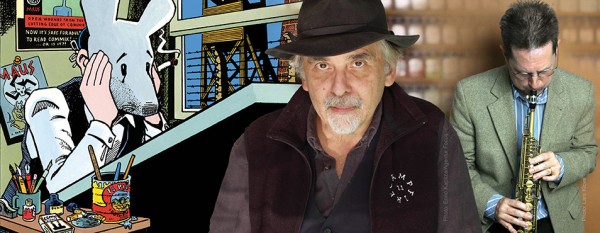
Jazzmuzikant Philip Johnson en zijn band in samenwerking met comic kunstenaar Art Spiegelman, werken aan Wordless’ in the Sidney Opera House. Spiegelman won de Pulitzer prijs met zijn creatie Mouse. http://haromaus.weebly.com
Galina Oestvolskaja – Schreeuw in het heelal – VPRO
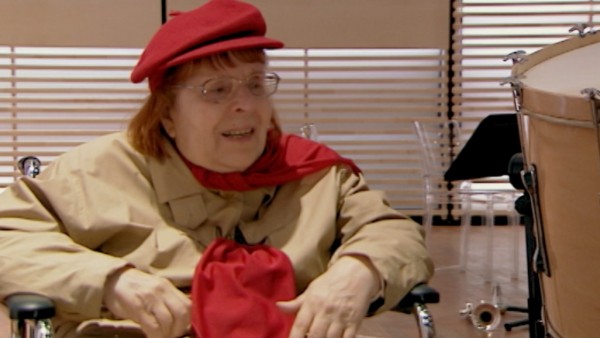
In 2005, kort voor de dood van componiste Galina Oestvolskaja, maakte documentairemaakster Josée Voormans een film over de 86-jarige componiste.
Wasilli Kandinsky – Der Gelbe Klang
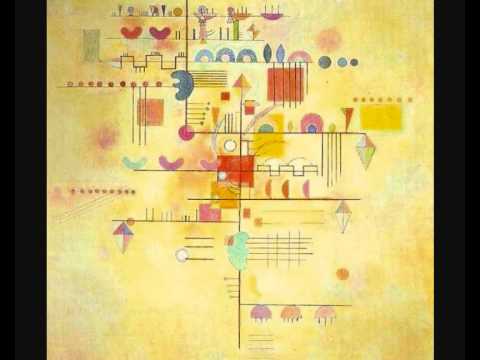
Der Gelbe Klang, het wereldberoemde stuk dat Kandinsky voor theater schreef tussen 1909 en 1914 gebaseerd op ‘color-tone dramas’. Kandinsky streefde een synthetische esthetiek na, gebaseerd op een synthetische relatie tussen geluid, kleur, vorm en licht. Zijn schilderkunst was gebaseerd op een muzikale benadering, want kunst moest de respectievelijke ‘innerlijke geluiden’ representeren. In The Monumental Theater moest kunst naast elkaar getoond worden om contrasten te maken. (1-1=2), in plaats van hun effecten bij…
William Kentridge – Anything is possible
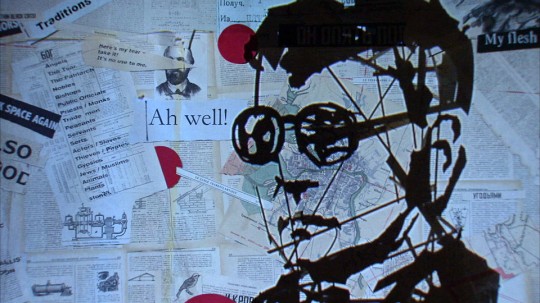
Een rode draad in de film is Kentridge’s artistieke bijdrage aan de opvoering van de opera De Neus van Sjostakovitsj die in 2010 in New York in première ging. Kentridge is te zien terwijl hij achter de schermen aan het werk is met dirigent Valery Gergiev en met zanger Paulo Szot, die de rol vertolkt van ‘de man die wakker wordt en ontdekt dat zijn neus verdwenen is’. Over de…
Singing Debussy’s setting of ‘Le Jet d’eau’ by Baudelaire – Professor Helen Abbott

bron: https://www.youtube.com/watch?v=fasd461i3gc, Gepubliceerd op 22 aug. 2012 https://www.youtube.com/watch?v=DjS7b6dE0ak Gepubliceerd op 17 aug. 2012 According to some scholars, Baudelaire’s ‘Le Jet d’eau’ may originally have been written in conjunction with the chansonnier Pierre Dupont as a form of popular song. Whilst no record of any music by Dupont for this poem survives, this lecture sets out to examine what textual features of the poem seem to make it particularly ‘settable’ to…
Text, Gesture and Performance in Debussy’s ‘Trois Poèmes de Stéphane Mallarmé’
Bron: https://www.youtube.com/watch?v=BG8vTvTopGU Gepubliceerd op 22 aug. 2012 Debussy’s “Trois poèmes de Stéphane Mallarmé” (1913) are among the relatively infrequent instances of musical settings of Mallarmé’s poetry. Following Jankélévitch on Debussy and a host of critics on Mallarmé, Professor Joseph Acquisto argues that these poems and songs comment on communicating the ineffable.
Boulez, Rogner – Improvisation sur Mallarmé I, II, 1959
Recorded 1959 with RAI Orchestra, cond. Boulez, Eva Maria Rogner, soprano. Based on the sonnet “Une dentelle s’abolit”
A Portrait of Pierre Boulez
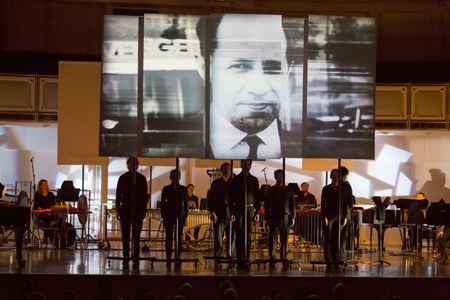
Pierre Boulez, Asko|Schönberg, Slagwerk Den Haag Dit jaar wordt Pierre Boulez de pionier van de abstractie, het experiment en de elektronica in de muziek negentig. De voorstelling in Muziekgebouw aan ’t IJ is vormgegeven door Boulez’ goede vriend, de beroemde architect Frank Gehry en samengesteld door Boulezkenner Gerard McBurney, creatief directeur van Beyond the Score®. Sleutelfragmenten uit Boulez’ oeuvre, live uitgevoerd door Asko|Schönberg en Slagwerk Den Haag, worden met elkaar…
Richard Sennett – Out of Touch
The most important thing about a musician’s sense of touch is that it becomes refined; the more skill a musician has at his or her command, the more sensitive become the fingers. This seems obvious, but the obvious leads in some surprising directions. Skilled, sensitised musical touch reveals something about the loss of those same qualities in the realm of everyday experience – a loss social critics frame by the general term “dematerialisation”. In general, that word…
Ode to the Quiet – Tempest
Met dank aan Ruben Ferwerda voor de tip Bron : http://kickingthehabit.nl/2015-04-17/premiere-ode-to-the-quiet-tempest Tempest Tempest werd geschreven in opdracht van het Groninger Museum en brengt klassieke en moderne, zelfs futuristische elementen prachtig bij elkaar. Tempest is hier te beluisteren en een korte ‘making of’ te vinden: http://kickingthehabit.nl/2015-04-17/premiere-ode-to-the-quiet-tempest Kleine docu over Ode to the Quiet:
Edgard Varèse, Amériques
One of my favorite modernist pieces. I like to think of it as Stravinsky’s “Rite of Spring” on crack (see if you can find all the references!) There are also references to other early century music such as Schoenberg and (I think) Mahler. The last 5 minutes or so is one of the most intense endings I know of.
Luigi Russolo – Veglio Di Una Città (from “Die Kunst der Geräusche”)
Bron: www.youtube.com Luigi Russolo was the first noise composer and an artist in the musical branch of the Italian Futurist movement in the 1910s. This is his piece, “Veglio Di Una Città”, recorded in 1913. He, together with his brother, created the noise instruments heard and seen in this video called intonarumori. Link naar het Futuristisch Manifest van Russolo uit 1913: russolo_noise
recensie Douglas Kahn – Noise, Water, Meat
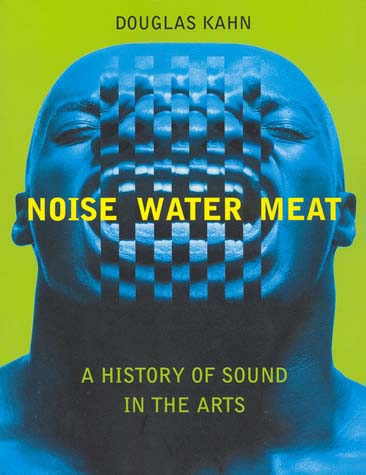
Metropolis M, Arie Altena link naar: Noise, Water, Meat Geluid, beeldende kunst en performance Wie het fundamenteel bekijkt zegt: beeldende kunst verhoudt zich tot de ruimte, (twee- of driedimensionaal), terwijl muziek zich afspeelt in de tijd. Of: beeldende kunst is (bijna) altijd een object, muziek is objectloos. Maar hoe zit het met geluid in de beeldende kunst, of de samentrekking van de twee termen: geluid en beeldende kunst? In zijn boek…
Milaan EXPO-filmpjes, relatie muziek en beeld
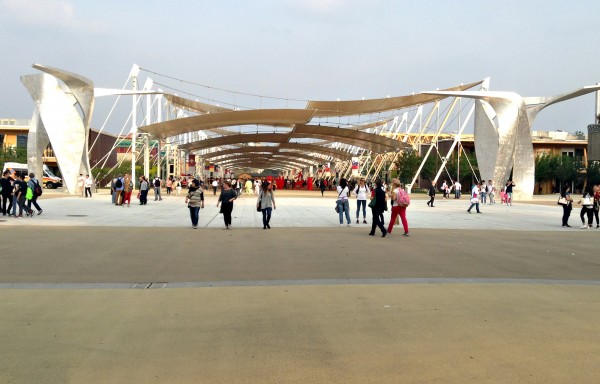
Sound and Arts in Food and Arts op de wereld EXPO in Milaan. Opvallend is dat muziekgenres die bedoeld zijn om de diverse design en kunstwerken te ondersteunen nogal beperkt is: house en voorspelbare digitale filmmuziek. Terwijl er ook op het gebied van muziek zoveel geexperimenteerd wordt in alle denkbare vormen. Wat te denken van bijv. modern klassieke muziek, of een hedendaags soundscultuur? Le Corbusier begreep dat al in 1958 toen hij samen met Edgar…
Claire Bishop, The Art of Participation
In the age of the Cultural Olympiad, we’re all public performers Claire Bishop: Art by the people is art for all but, when it is co-opted into serving a neoliberal agenda, we end up but no choice to take part. Participation van Claire Bishop vertegenwoordigd een ander geluid m.b.t. het begrip autonomie. Dit gedachtegoed betreffende ontwerpers die voor de inhoud de gebruiker niet alleen centraal laten staan, maar ze een participerende…
The Poetics of the Open Work
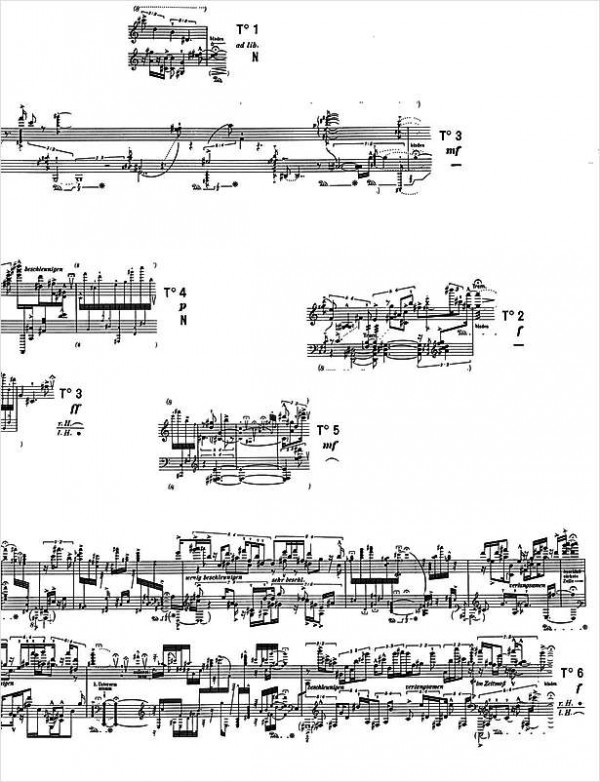
The Poetics of the Open Work van Eco blijft nog lang na zoemen, zeker ook, maar niet alleen gezien de huidige discussie over Open Design in relatie tot auteurschap.
